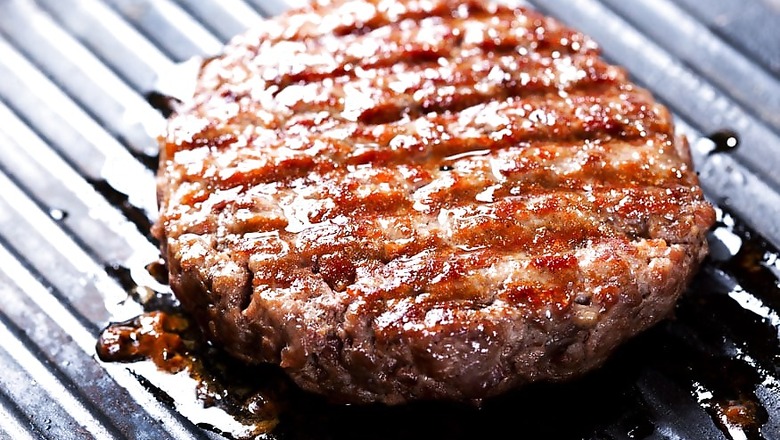
views
Regular intake of a "western diet" -- consisting of foods that are high on sugar and fat levels -- is behind an alarming rise of conditions such as overeating and obesity, researchers warned.
However, according to the study, the increased "peripheral endocannabinoid signalling" in the western food is the key factor that triggers an anxiety in the people to eat more.
The endocannabinoid system -- located throughout the mammalian body, including the brain and all peripheral organs -- helps in many aspects inside our body with major functions related to intake of food, balancing the energy and reward.
Endocannabinoids are the signalling molecules present inside this system.
The findings showed blocking the actions of these endocannabinoids can lead to normalisation of food intake and meal patterns, thus help in the treatment or cure of overeating and obesity.
"Our research shows that targeting cannabinoid receptors in the periphery with pharmacological inhibitors that do not reach the brain holds promise as a safe therapeutic approach for the treatment of overeating and diet-induced obesity," said lead author Nicholas V. DiPatrizio, Assistant Professor at the University of California, Riverside.
"This therapeutic approach to targeting the periphery has substantial advantages over traditional drugs that interact with the brain and cause psychiatric side-effects," DiPatrizio added.
Using a mouse model, the team fed a group of mice on a western diet for 60 days and another who was kept on a low fat or sugar diet.
The results revealed that the mice group on the western diet displayed 'hyperphagia' with increased weight. These also had the tendency to intake larger amount of food with the habit of consuming more calories at a higher pace.
"These hyperphagic responses to western diet were met with greatly elevated levels of endocannabinoids in the small intestine and circulation," DiPatrizio said, adding that further research is necessary to identify whether similar mechanisms drive obesity in humans.
The study appears in the journal Physiology and Behavior.



















Comments
0 comment